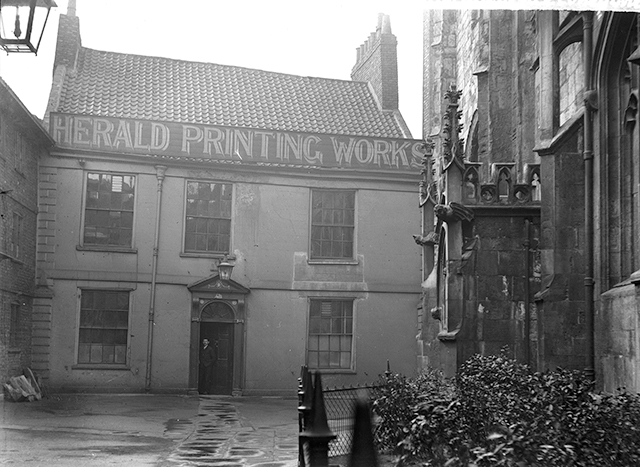THE KING’S STREET
‘A GOLDEN HALF MILE’
Backing onto the river Ouse, home to shopping, food and drink, street art and much more, Coney Street has long been a thriving leisure, business and community hub. With its uses continually evolving over the centuries, we have looked to Coney Street’s rich past to help inform our vision for its even brighter future.
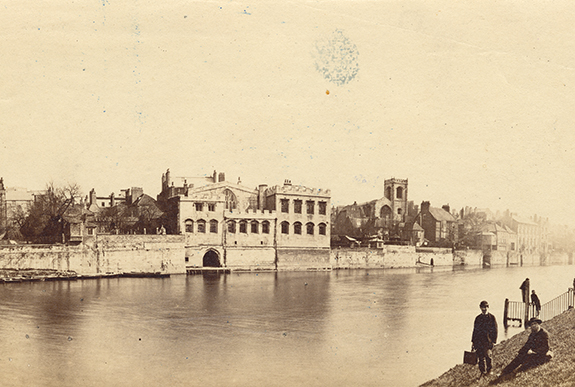
The heart of York
Coney Street has long been the beating heart of the city, with its name – literally translating to “The King’s Street” – dating all the way back to around 1100. Since the 16th century it has played home to a range of shops, businesses and leisure destinations, where it specialised in the supply of luxury goods and provided a range of accommodation. In the 18th century, the street became the fashionable shopping hub of York, with businesses designing and creating clothes for the nobility, many of whom came to York for the popular horse races.
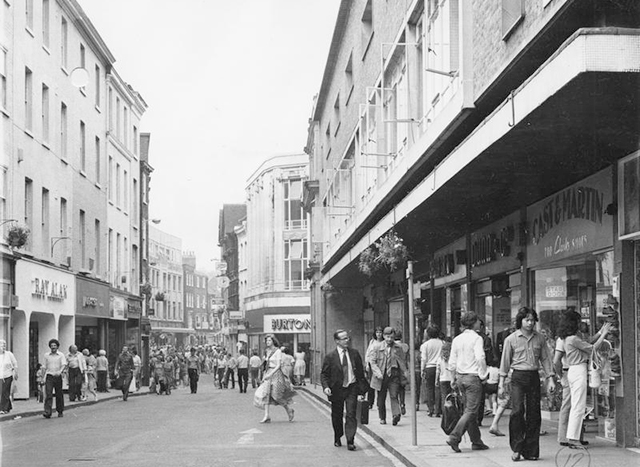
Snickleways
This whimsical word describes the alleys, snickets and lanes which run between York’s streets, including along Coney Street, connecting it to the River Ouse. With names such as Fish Landing and Church Lane, Coney Street’s snickelways tell us a lot about how the street was previously used. Our plans to activate the riverside via Coney Street will involve the improvement of many of these existing passageways and the reopening of others that have long been forgotten. This will create better access to the riverside and its new leisure and public spaces.
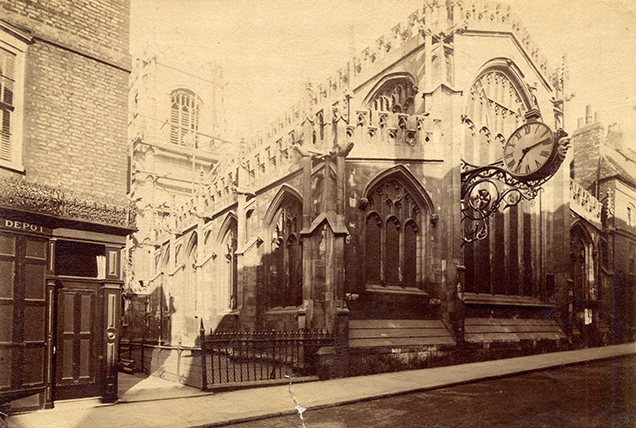
Water Lanes
The River Ouse runs parallel to Coney Street, and has been an important highway for trade and commerce since the Roman period, connecting the city to the North Sea. More recently, the river’s connection to Coney Street has evolved, for example transporting newsprint to the former offices of the newspapers that were located on Coney Street and which still stand today. Today, use of the Ouse is mainly enjoyed by people exploring the river and city on cruises. We plan to give it a new lease of life for everyone to enjoy and benefit from.
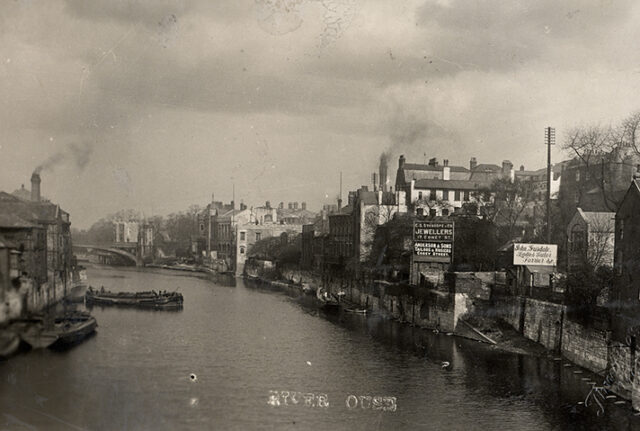
A City In Print
In 1510, less than 35 years after the printing press was brought to England, Hugo Goes was responsible for the first book ever printed in York. One hundred and 50 years later, York was formally recognised as a centre of printing, and in 1725, newspaper printing came to Coney Street. It stayed there until 1989 until the Yorkshire Evening Press – now The Press – left its office at 9 Coney Street. The significance of the print industry on this area of the city has been reflected in the eye-catching branding and logo we have created as part of our vision for Coney Street Riverside.
